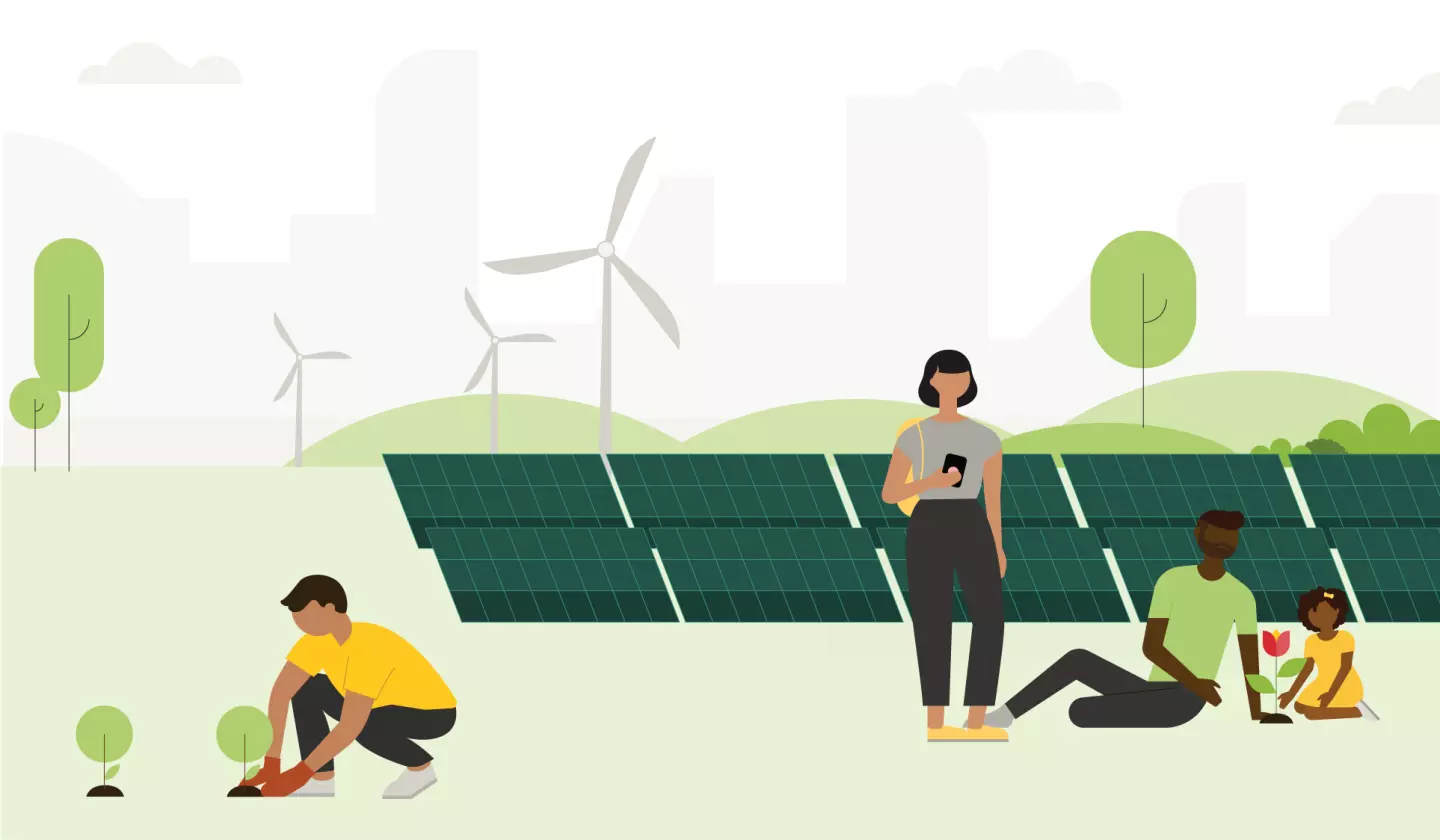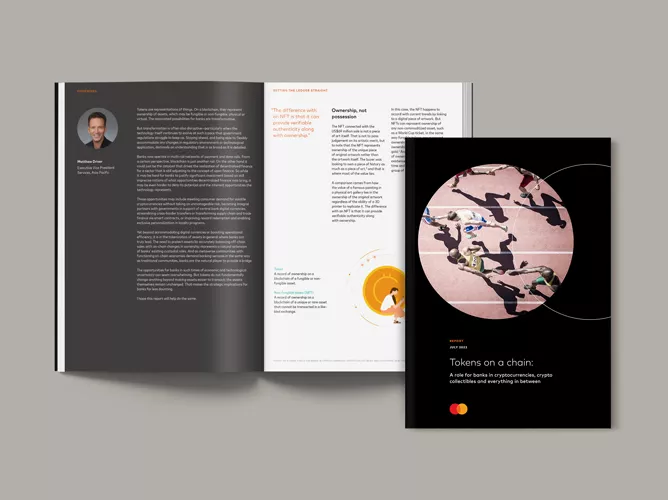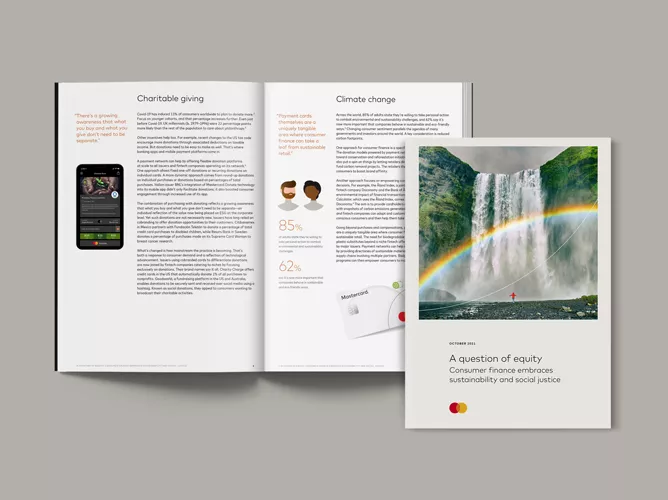July 26, 2022 | By Hakan Eroglu
This article was also published by Open Banking Excellence on July 29, 2022.
Consumer-permissioned open APIs (application programming interfaces) did not exist when the UN published its “Who cares wins” manifesto on sustainable investing in 2004. Back then, permissioned web scraping represented the extent of such activity. Any mention of formally opening up permissioned access to data through APIs in an ecosystem would have seemed out of scope.
Today, neglecting to address open API concepts in the context of sustainable finance seems out of date rather than out of scope. The EU’s 2021 “Strategy for financing the transition to a sustainable economy” specifically suggests that including sustainability-related information in the European single access point (ESAP) and the EU’s open finance framework will help unleash the potential of digital technologies in supporting sustainability.
At the core of the EU strategy is a taxonomy of environmentally sustainable economic activities for businesses to follow when disclosing sustainability data. Standardization across a shared framework then allows investors to assess businesses easily and accurately. In essence, the approach is a finance strategy with sustainability at heart rather than a sustainability strategy based on financial considerations.
The focus of the strategy is on sustainability disclosures by businesses, but a model can already be found in the Mastercard Carbon Calculator for individuals. The calculator uses industry-leading data and merchant category codes to provide financial institutions with consumer-permissioned access to standardized calculations of carbon emissions generated by purchases.
The more detailed the data entering the calculator, the more accurate its calculations. Broad category codes—such as electricity, food or air travel—result in approximate calculations of impact. More detailed sustainability information can provide greater accuracy: the source of electricity, its intended use and for how many beneficiaries; the type of food, how it is produced and whether it is locally sourced; the airline engine, fuel type and distance traveled with how many stopovers.

A standardized framework can foster cross-industry collaboration around common standards for sharing permissioned individual and corporate sustainability data. The sharing of this data with carbon rating agencies may be compared to the emerging use of mobile phone data for soft credit scoring in certain areas of the world. It is still early days for both concepts, but they are coming.
From energy efficiency credits to eco-score labels on food packaging, the market incentives for the sharing of sustainability data already exist. Consumers care on a personal level and so do businesses on an investment level. Open APIs just need to provide the basis for a shared framework or, in business jargon, an ecosystem.
The one caveat is that in the context of carbon footprints, the term ecosystem is anything but jargon.
More than just calculations and disclosures
Calculating and disclosing carbon footprints is a start; shrinking them is what matters. For consumers, that may entail switching to more eco-friendly purchases; for businesses, it may mean improving sustainability credentials to better appeal to investors.
Another option is carbon offsets. Individual and corporate donations to conservation and reforestation efforts can offset the impact of less eco-friendly behavior, but the process of making donations needs to be easy. That provides a further role for open APIs through the specific role of open banking.
Open banking obviates the need for account information or passwords when making account-to-account (A2A) transactions and allows for automated transactions when predefined thresholds are met. Challenges come from the irreversibility of the transactions and the lack of chargebacks as a payment dispute mechanism. But A2A transactions can thrive in areas where disputes are unlikely. One such area is bill payments; another is donations.
This specific role for open banking in facilitating A2A donations can take open APIs from carbon calculations to carbon offsets and then back round again—a process quite befitting of the carbon cycle.













